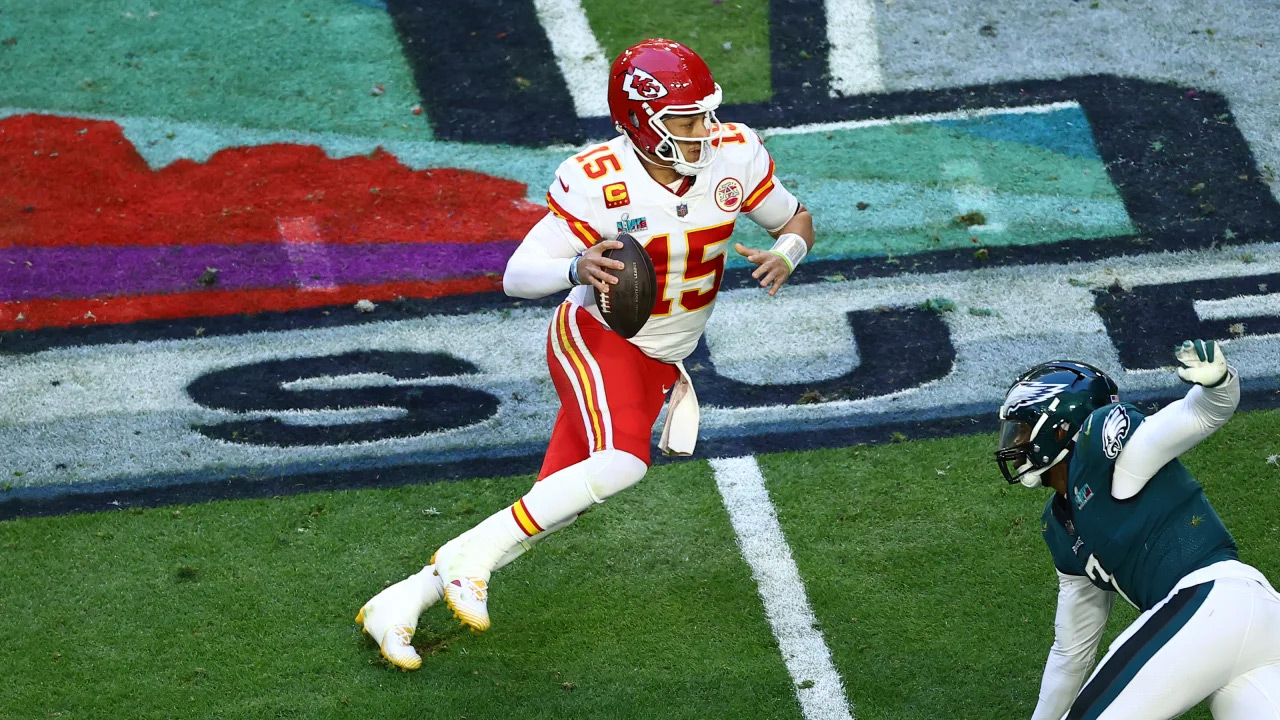A point spread bet, often called the “spread,” is a popular betting term typically used in sports betting. Basically, the spread represents the margin of victory or defeat that is applied to the final score to determine the outcome of a bet. The spread is determined by oddsmakers and can be a negative or positive number. Here’s an example that will pretty explain a point spread bet.
If the Denver Broncos are playing the Las Vegas Raiders and the point spread is -7 for the Broncos, that means the Broncos are favored to win the game by at least 7 points. So if you decide to place a point spread bet on the Broncos, they need to win the game by more than 7 points to cover the spread so you win the bet. If you decide to bet on the Raiders, they would need to win the game or lose by less than 7 points for you to win the bet.
Basically when you’re placing a point spread bet, you’re betting on whether the favored team will win by more than the point spread, or the underdog team will lose by less or wins the game. A point spread bet is considered to be more exciting than a moneyline bet, since it takes into account the margin of victory or defeat. It also allows you to bet on the underdog, even if they don’t win the game.
Since point spread bets do add a layer of complexity, confidently placing them requires knowledge about the teams’ previous performances and other factors that may influence the outcome of the game, like weather conditions, home field advantage, or injuries. Doing plenty of research prior to placing a point spread bet is the smartest thing to do. But just remember, all the careful analysis in the world won’t guarantee you win a bet, so always play responsibly and within your means.
Who is the favorite and who is the underdog?
The favorite in a point spread bet is the team that is considered most likely to win the game. That leaves the underdog as the team that is most likely to lose the game. The favorite team is always represented by a minus (-) sign before the point spread, which means the underdog team will have a plus (+) sign before its point spread.
The concept of favorites and underdogs is what makes point spread betting more exciting than moneyline betting, because you can place a bet on the underdog and still win even if the underdog loses the game but covers the spread. In the above example, if the Raiders lost the game against the Broncos by a field goal, or 3 points, then they covered the spread and you’d win the bet if you placed it on the Raiders.

Photo credit: Chris Donahue | Chiefs.com
Possible outcomes for point spread betting
There are three possible outcomes when you place a point spread bet: win, loss, or push. If you win the bet, then the sportsbook will pay you the full amount based on the price of the wager. A push occurs if the game’s result is exactly the point spread margin. In this case, the bet is voided or canceled and you’ll get back your initial wager. We probably don’t have to explain what a loss is — but it’s where you lose the bet, and all the money you wagered.
If the favorite covers the spread, which means the favorite team wins by a margin greater than the spread, then all those who bet on the favorite will win. If the underdog covers the spread, which means they either won the game or loss by less than the spread, then betters who chose the underdog will win the bet. If the favorite wins by a margin exactly the same as the point spread, then it’s a push and all bets are voided.
What is an “evens” or “pick ’em” bet?
If you went to place a point spread bet and noticed there isn’t a spread on the two teams, then it’s likely an evens or pick ’em bet. The two teams are so evenly matched that the sportsbook decided both are equally likely to win or lose. In these bets, the team you pick must win for you to win the bet. If the game ends in a tie, then the bet would result in a push outcome.
What are these 0.5 intervals in the spread?
If you see a spread that’s +3.5, you’re probably wondering what’s the purpose of the 0.5? That half-point is known as “the hook” in sports betting and can swing betting outcomes since there’s no way to score a half-point in a game. Here’s an example to have a better understanding of the hook:
If the Kansas City Chiefs are favored by 3.5 points over the Philadelphia Eagles and win the game 27-24, then those who bet on the Kansas City Chiefs actually lose the bet. In order to cover the 3.5-point spread, the Chiefs would have had to win the game by 4 points. Those who bet on the Eagles would be winners, because the hook saved their bet.
As you can tell, the hook can make point spread betting a bit challenging. For football, you’ll want to keep an eye out for spreads like 2.5, 3.5, 6.5, 7.5, 9.5, and 10.5.